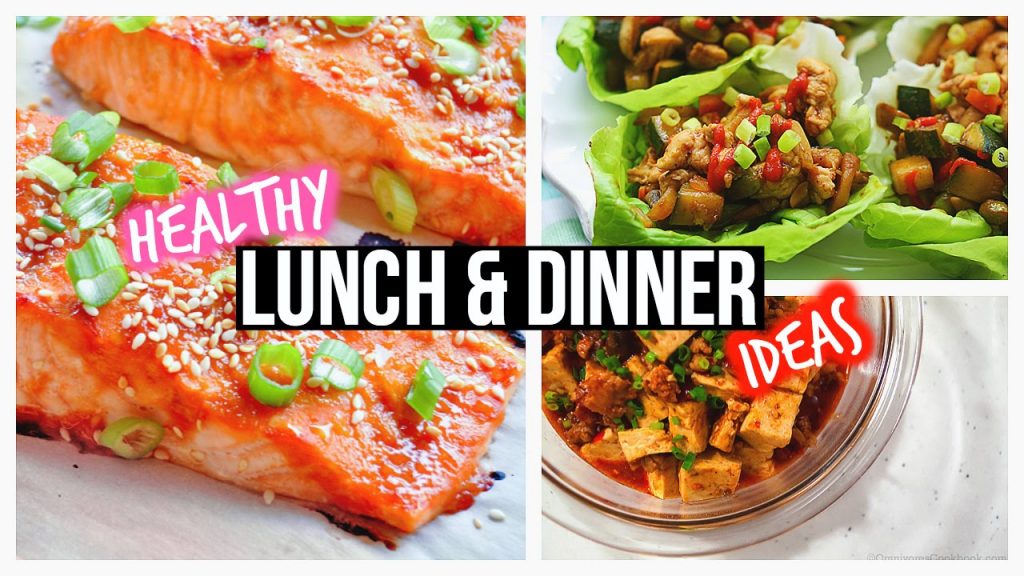You might have heard of the terms “lunch” and “dinner” before, but what are the differences between these two meals? What are the etiquette and history behind these two meal times? How should you approach these meals? And how can you prepare them correctly? Here are some helpful tips to help you decide which meal to serve when. You can also learn more about the origins of these two meals. Continue reading for more information.
Differences between lunch and dinner
What is the difference between lunch and dinner? It’s important to understand that the two meals are often consumed at different times of the day and may be more than just a matter of cultural preferences. In many cultures, the main meal of the day is considered dinner, while in others it’s an afternoon snack. Nevertheless, students must learn the differences between lunch and dinner if they wish to know which meal is the better choice.
Etiquette

When dining with a group of people, remember to be polite and eat a small portion of everything on your plate. If you don’t enjoy a particular dish, it’s OK to leave a little bit on your plate. Just don’t make an issue of it, though. When possible, make the meal a social experience by mingling with the other guests. Be sure to leave your cell phone on vibrate mode or in your pocket while dining.
History
The origins of lunch and dinner are mysterious, but the Industrial Revolution shaped our eating habits. During this period, workers were more likely to be working long hours, so a sit-down meal was impractical. The Industrial Revolution transformed home-grown food production from hand to machine, so large meals became impractical. People then started to take small snacks during the day, such as bread and cheese. The word lunch came into use and soon became a household word.
Origins
In its earliest form, the word “lunch” meant “a thick piece of food eaten at midday.” The word was first used in the late 16th century to describe a meal. The word’s modern meaning is an extended snack, such as bread and cheese. Its origins are uncertain, but the word probably came from the Spanish word “lonja,” which meant “to slice.” Throughout history, both words have been used to describe meals that are eaten after noon.
Etiquette for a midday meal
There are some etiquette guidelines to follow when eating with other people. If you’re in a restaurant, you should always take your shoes off before you sit down. In traditional restaurants, you should wait until the senior or oldest person in the table finishes eating before you begin eating. Remember to use both hands when accepting the food that’s placed on your plate, pour drinks for those around you, and do not talk while eating. You should also refrain from picking your food out of your teeth, or chewing it too quickly.
Meaning of the word “lunch”
The English words for lunch and dinner have different origins. Originally, they were used to refer to breakfast and lunch, respectively. This word originated in Old English, where the term morgenmete meant “morning meal”. Its root word, however, is Proto-Germanic *brekan, which means “break.” The origin of lunch is unclear, but it’s likely that it came from a chunk of bread.

